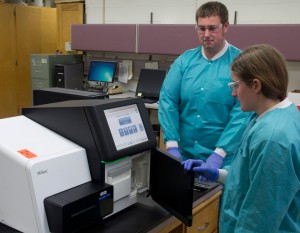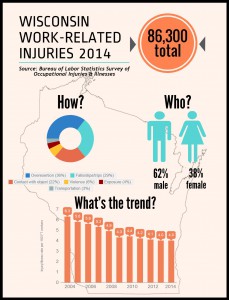For many of us, having a “once-in-a-lifetime” experience means just once in our lifetime. But Wisconsin State Laboratory of Hygiene (WSLH) Cytology Laboratory Manager Erin McCarthy hopes that the time she spent in Tanzania in January and February will happen again and again.
Erin spent a month in the East African country completing an internship with Empower Tanzania, an Iowa-based non-profit organization that works in partnership with rural Tanzanians to improve their quality of life. Staff and volunteers in Tanzania and the U.S. work with Tanzanians to address the underlying issues that hinder resiliency in rural areas, such as health care, education, agriculture practices, markets for products, and increasing water supply and quality.
Erin’s internship was part of her Masters of Public Health (MPH) program at Des Moines University. With her interest in both women’s health and global health, Empower Tanzania was a perfect fit. The organization emphasizes education, economic empowerment and health care, especially for women in rural communities.
Erin spent 4 weeks in the Kilimanjaro region of the country helping collect data in the Same (SA-may) district where she was headquartered, as well as 4 neighboring districts, to be able to analyze population health outcomes. Empower Tanzania hopes to use this data collection and analysis approach to prove the efficacy of their work and pursue more sustainable funding opportunities. They also hope to expand their programs to other areas of the country.
Erin traveled to the hospitals in each district as part of the data collection, as well as to different villages where Empower Tanzania staff had worked with residents. She continues to work with Empower Tanzania staff remotely from Wisconsin wrapping up projects.
“The people I met were fantastic and so welcoming,” she said. “I think I made life-long connections.”
Erin even learned a bit of Swahili in order to have rudimentary conversations with the people she met.
“I loved Tanzania – the people I met, the food I ate and the weather,” Erin exclaimed. “And then I came home to Wisconsin winter. I can’t wait to go back.”
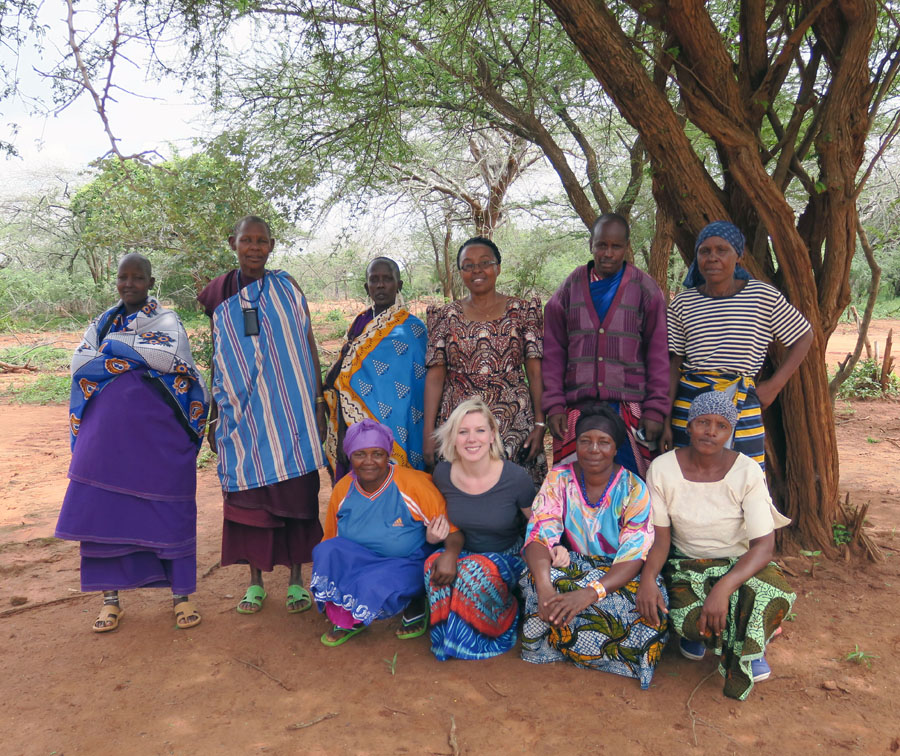
Erin (front row – 2nd from left) visits with midwives in Nadaruru, a village of the Masai tribe. The woman standing behind Erin is a staffer with Empower Tanzania. The man next to her (back row — 2nd from right) is the village’s Chief who, alarmed at the village’s high infant and maternal mortality rates, invited Empower Tanzania to teach midwifery to women in the village.
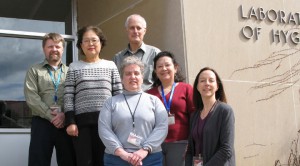

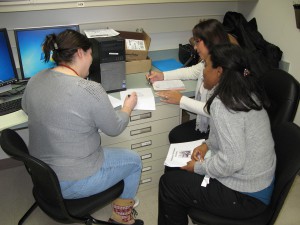
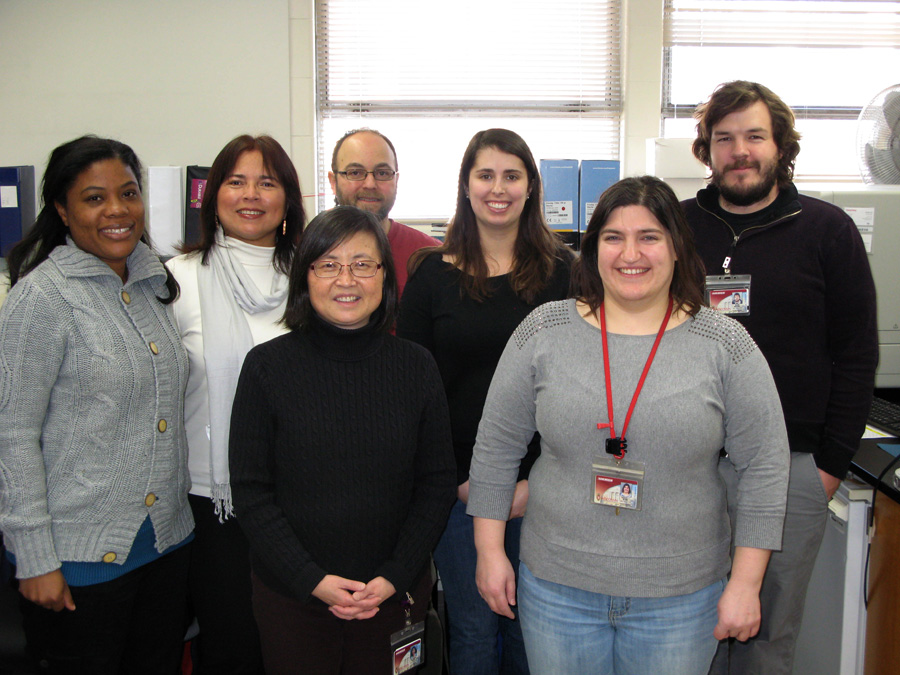
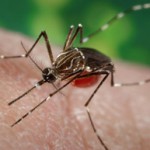
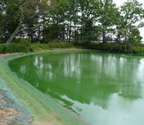 That harmful algal bloom (HAB) and others are discussed in the ET&C Focus article
That harmful algal bloom (HAB) and others are discussed in the ET&C Focus article 